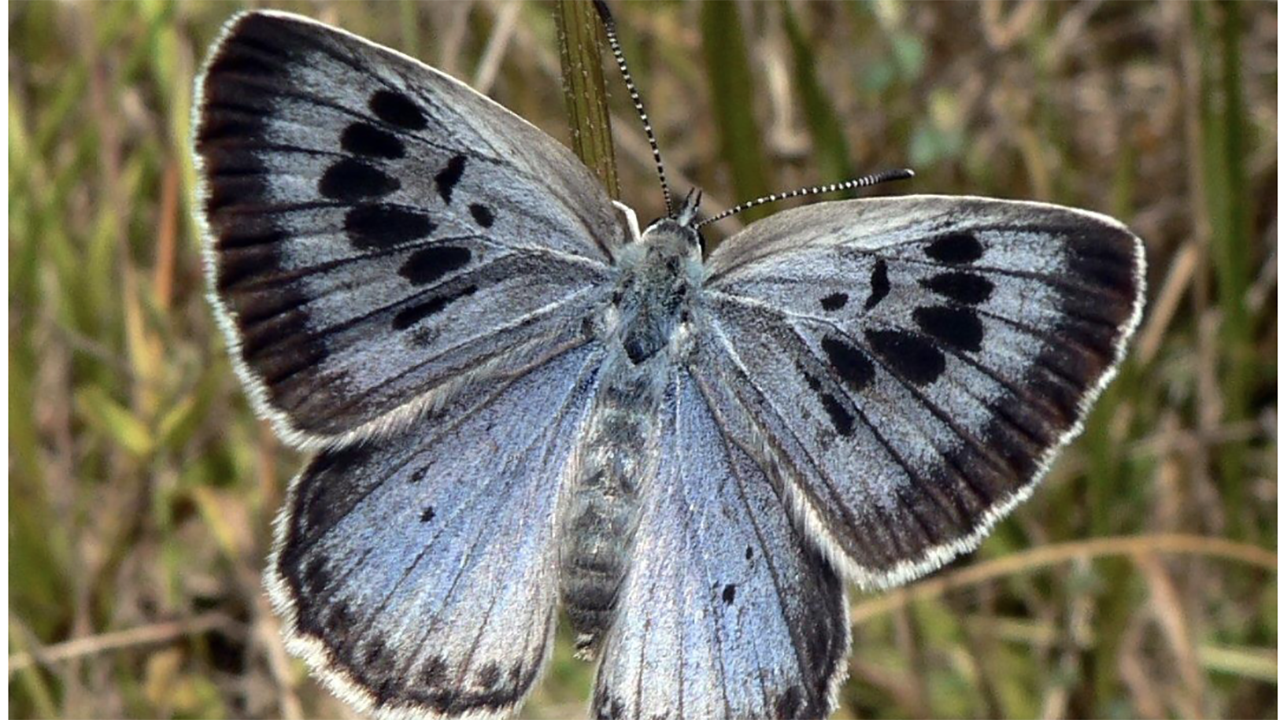Day 6: Are the Caterpillars Changing?

-
Mini-Lesson
OVERVIEW
When scientists are researching a topic, they must decide what is the most important part of what they read. When we do this, we are determining what the main idea is.
NOTE: You are encouraged to create the “Main Idea” anchor chart with your learners as you move through the lesson, using the provided anchor chart as a model. Post it for easy reference when completed and remind learners to refer to the anchor charts during inquiry circles.
PROCEDURE
Each italicized statement below contains suggested wording the teacher may choose to use for the lesson; additional teacher actions and considerations are in parentheses.
Tell what the strategy is (declarative knowledge)
- Today we will practice determining the main idea of a section as we read about butterflies.
- The main idea is important because it helps me remember important things the author wants me to know.
Tell when and why to use the strategy (conditional knowledge)
- Usually, we can find the big idea that authors are writing about in the first or last sentence of a section or paragraph, but they don’t always do that.
- As a strategic reader, if I cannot find the main idea in a sentence, I know that I will need to decide what it is myself.
Tell how to employ the strategy (procedural knowledge)
- (Teacher will model the strategy using a text.) The first thing I need to do is think about the topic I am reading about (butterflies) and what I already know about them.
- Next, I will draw a conclusion about what the author wants me to know about the topic (butterflies).
- Using what I have learned about drawing conclusions, I’ll take what I already know about the topic (butterflies) and combine that with the most important details the author is giving me.
- Now, I have to put these things together to get the main idea. I will think, “What would the author tell me was the most important idea from the reading if she or he were standing here next to me?”
- When I put these two things together in my own words, I will have the main idea!


